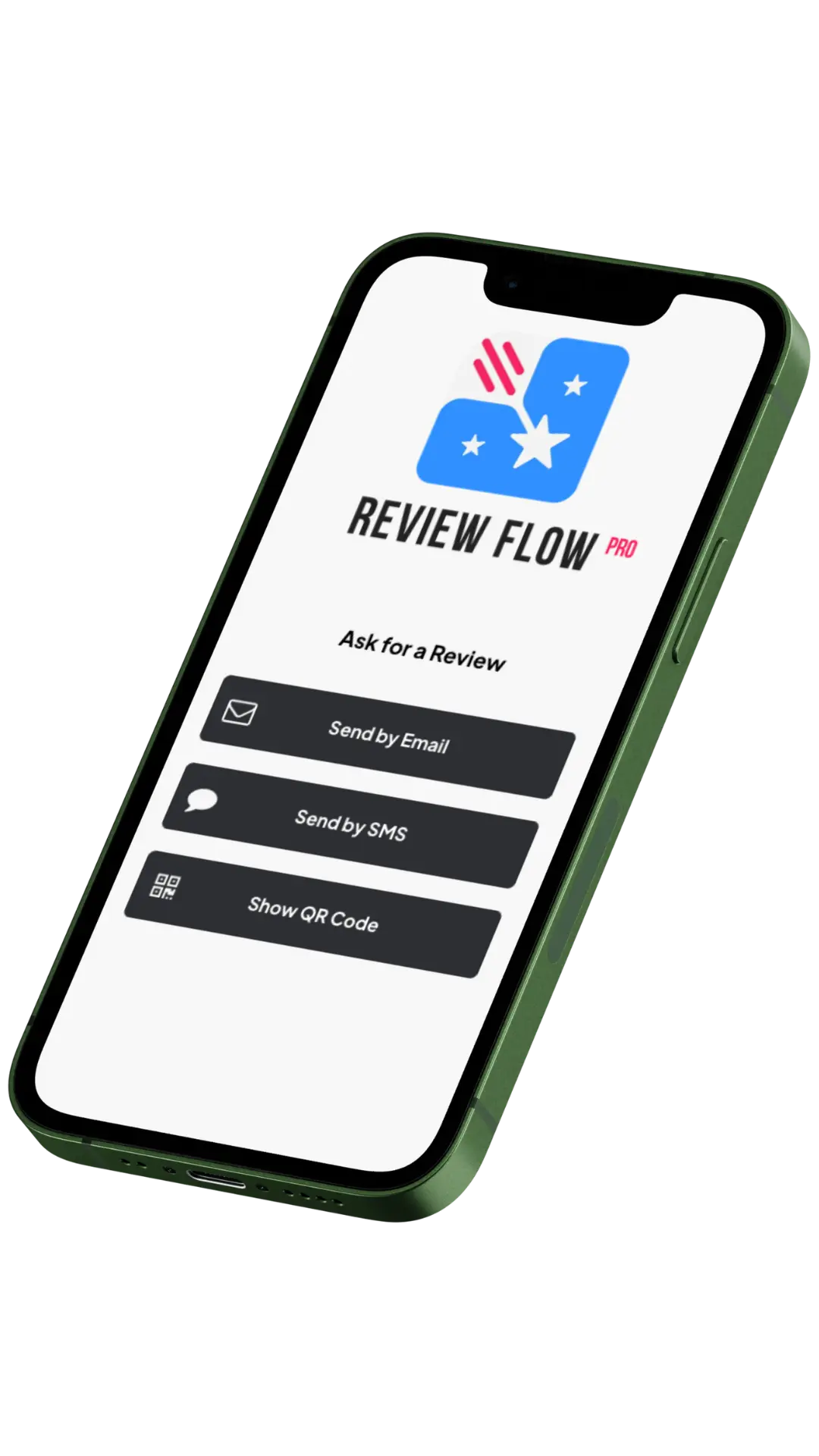Table of Contents
Blogging can be a powerful tool for generating leads for your business. By creating valuable content, you can attract potential customers and turn them into interested prospects. A strong lead generation strategy through blogging involves crafting engaging content, optimizing for search engines, and using effective calls to action.
To improve your lead generation from blogging, focus on understanding your target audience’s needs and pain points. Create blog posts that address these issues and provide helpful solutions. Use interactive content like quizzes and polls to engage readers and capture their information. Make sure your blog posts have clear calls to action that guide visitors toward taking the next step, whether it’s signing up for a newsletter or requesting a demo.
Remember to optimize your blog content for search engines to increase visibility and attract more potential leads. Use relevant keywords, create compelling meta descriptions, and structure your posts with headers and subheaders. By consistently producing high-quality content and implementing these strategies, you can turn your blog into a lead generation powerhouse for your business.
Key Takeaways
- Create valuable content that addresses your audience’s needs and includes clear calls to action
- Optimize blog posts for search engines to increase visibility and attract more potential leads
- Use interactive content and diverse formats to engage readers and capture their information
Understanding Lead Generation through Blogging
Blogging can be a powerful tool for generating leads and growing your business. It helps attract potential customers, build trust, and convert readers into loyal clients.
The Importance of Lead Generation
Lead generation is crucial for business growth. It helps you:
• Find new potential customers
• Increase sales opportunities
• Grow your email list
• Build brand awareness
Without leads, your business may struggle to grow. Effective lead generation can boost your bottom line and help you reach your goals.
Blogging as a Valuable Content Marketing Strategy
Blogging is a key part of content marketing. It allows you to:
• Share your expertise
• Solve customer problems
• Attract organic traffic
• Build trust with your audience
By creating helpful blog posts, you can position yourself as an authority in your field. This makes people more likely to trust and buy from you.
How Blogs Can Drive Conversion Rates
Blogs can boost your conversion rates in several ways:
- Provide value to readers
- Include clear calls-to-action (CTAs)
- Offer downloadable content
Using interactive content like quizzes or polls can also help engage readers and generate leads. By focusing on reader needs, you can turn blog visitors into paying customers.
Developing Your Blogging Strategy
A strong blogging strategy helps you attract and convert leads. It focuses on understanding your audience, planning content, and guiding readers through their buying journey.
Identifying the Target Audience
Know who you’re writing for. Create buyer personas with details like age, job title, and pain points. This helps you craft content that speaks directly to your ideal customers.
Use surveys and interviews to learn more about your audience’s needs. Look at your website analytics to see which blog posts are most popular. This gives clues about what topics interest your readers.
Pay attention to comments and social media feedback. These show what questions your audience has and what problems they’re trying to solve.
Creating a Content Calendar
Plan your blog posts in advance. A content calendar keeps you organized and ensures you publish regularly. This consistency helps build trust with your readers.
Include important dates and events in your industry. Plan content around these to stay relevant.
Mix up your post types. Use how-to guides, lists, case studies, and expert interviews. This variety keeps your blog fresh and interesting.
Here’s a simple content calendar template:
| Date | Topic | Type | Keywords |
|---|---|---|---|
| Oct 1 | 5 Lead Gen Tips | List | marketing, leads |
| Oct 15 | Customer Success Story | Case Study | results, ROI |
Understanding the Customer’s Journey
Your blog should guide readers from awareness to purchase. Create content for each stage of this journey.
Awareness: Write posts that address common problems in your industry. These attract people who are just starting to look for solutions.
Consideration: Compare different solutions or methods. This helps readers evaluate their options.
Decision: Share case studies and detailed product information. These give readers the final push to choose your solution.
Use calls-to-action (CTAs) in your posts. These guide readers to the next step, like signing up for a newsletter or requesting a demo.
Optimizing Blog Content for Search Engines
Effective search engine optimization can boost your blog’s visibility and attract more potential leads. By focusing on keywords, quality content, and strategic link building, you can improve your blog’s ranking in search results.
The Role of SEO in Blogging
SEO helps your blog posts reach a wider audience through organic search. When you optimize your content, you increase the chances of appearing in relevant search results.
You should create high-quality, valuable content that answers readers’ questions. This approach aligns with search engines’ goal of providing useful information to users.
Structure your content with clear headings and short paragraphs. Use bullet points and numbered lists to break up text and make it easier to read.
Make sure your content is mobile-friendly. Many people access blogs on their smartphones, so your site should look good and function well on all devices.
Keyword Research and Usage
Start by identifying relevant keywords for your blog topics. Use SEO tools to find words and phrases your target audience is searching for.
Include your main keyword in the title, first paragraph, and throughout the content naturally. Avoid overusing keywords, as this can hurt your SEO efforts.
Use related terms and synonyms to broaden your content’s reach. This helps search engines understand your topic better.
Create content that fully addresses the user’s search intent. If someone searches for “how to bake cookies,” make sure your post provides a complete guide.
Building Inbound Links
Inbound links from reputable websites signal to search engines that your content is valuable. Focus on creating high-quality content that others want to link to.
Reach out to other bloggers or websites in your industry for guest posting opportunities. This can help you build relationships and earn quality backlinks.
Use internal linking to connect your blog posts. This helps search engines understand your site structure and keeps readers engaged with your content.
Share your blog posts on social media platforms. While social shares aren’t direct ranking factors, they can increase visibility and potentially lead to more backlinks.
Creating Effective Calls to Action (CTAs)
CTAs are key to turning blog readers into leads. They guide visitors to take action, like signing up for a newsletter or downloading a resource. Crafting strong CTAs can boost your lead generation efforts.
Types of CTAs in Blogging
Effective CTAs come in many forms. Pop-ups catch attention but use them wisely to avoid annoying readers. Slide-in CTAs are less intrusive and can appear as users scroll.
In-line CTAs blend with your content. They work well for relevant offers within blog posts. Hello bars stay at the top or bottom of the screen, always visible to readers.
Button CTAs are classic and clear. Use action words like “Get,” “Try,” or “Start” to prompt clicks. Image CTAs can be eye-catching when designed well.
Placement and Design of Effective CTAs
Where you put your CTA matters. Place important CTAs “above the fold” so readers see them without scrolling. Include CTAs throughout long posts to catch readers at different points.
Make your CTA stand out with contrasting colors. Use white space around it to draw focus. Keep the text short and clear. Tell readers what they’ll get by clicking.
Buttons should be big enough to notice but not overwhelming. Test different sizes to find what works best for your blog.
Measuring CTA Performance
Track clicks and conversions to see how your CTAs perform. A/B test different versions to improve results. Try changing colors, text, or placement to see what works best.
Look at your click-through rate (CTR) to gauge interest. A low CTR might mean your CTA isn’t appealing or visible enough. Check conversion rates to see if people complete the desired action after clicking.
CTA metrics can show which blog posts generate the most leads. Use this data to refine your content strategy and CTA placement.
Leveraging Different Content Formats
Content variety helps attract and engage different types of readers. By using multiple formats, you can capture leads more effectively and cater to diverse learning preferences.
Interactive Content and Lead Capture
Interactive content grabs attention and boosts engagement. Quizzes and polls perform well for lead generation. They’re fun and provide value to readers.
Create a quiz related to your industry. Ask for an email address to see results. This method captures leads while offering insights.
Calculators are another effective tool. Build one that solves a problem for your audience. For example, a mortgage calculator for a real estate blog.
Interactive infographics can present data in an engaging way. Let users explore information at their own pace. This keeps them on your page longer.
Ebooks, White Papers, and Webinars
These content types offer in-depth knowledge and are great for lead generation.
Ebooks and white papers provide detailed insights on specific topics. Offer them as free downloads in exchange for contact information.
Choose topics that solve your readers’ problems. Break down complex ideas into easy-to-understand sections.
Webinars allow real-time interaction with your audience. Host Q&A sessions to address their concerns directly. Record webinars for later use as gated content.
Promote these offerings through blog posts, email newsletters, and social media to maximize reach.
The Role of Videos and Podcasts
Videos are becoming increasingly popular for lead generation. They can explain concepts quickly and clearly.
Create short, informative videos on your blog topics. Include a call-to-action at the end to guide viewers to your lead capture form.
Use video testimonials to build trust. Satisfied customers sharing their experiences can be powerful.
Podcasts offer a convenient way for your audience to consume content. They can listen while doing other tasks.
Start a podcast series on industry trends or interview experts. Mention special offers or lead magnets during episodes to drive conversions.
Both videos and podcasts can be repurposed into blog posts, extending their reach and value.
Enhancing Lead Nurturing and Retargeting Strategies
Effective lead nurturing and retargeting can significantly boost your blog’s lead generation success. These tactics help you stay connected with potential customers and guide them through the sales funnel.
Using Email Lists for Lead Nurturing
Email marketing remains a powerful tool for nurturing B2B leads. To make the most of your email list:
- Segment your subscribers based on interests or behavior
- Create personalized content for each segment
- Use automated email sequences
Personalization is key. Studies show that 41% of consumers switch businesses due to lack of personalization. Tailor your emails to address specific pain points and offer relevant solutions.
Set up a welcome series for new subscribers. This helps establish a connection right away. Follow up with educational content, case studies, and product information over time.
Track open rates and click-through rates. Use this data to refine your email strategy and improve engagement.
Retargeting Techniques
Retargeting helps you re-engage visitors who’ve shown interest but haven’t converted. Here are some effective techniques:
- Display ads: Show targeted ads to past visitors on other websites
- Social media retargeting: Use platform-specific tools to reach your audience
- Email retargeting: Send follow-up emails based on specific actions
Social listening can boost your retargeting efforts. Monitor social media for mentions of your brand or industry. This allows you to jump into relevant conversations and provide value.
Use dynamic content in your retargeting ads. Show products or content that visitors have already viewed on your blog. This personalized approach can increase conversion rates.
Improving Customer Lifetime Value
Increasing customer lifetime value (CLV) is crucial for long-term success. Here are some strategies to boost CLV:
- Offer excellent customer support
- Create a loyalty program
- Upsell and cross-sell related products or services
Regular check-ins with customers can help identify new opportunities. Send surveys to gather feedback and learn about evolving needs.
Provide ongoing value through educational content, webinars, or exclusive resources. This keeps customers engaged and positions you as a trusted partner.
Consider implementing a reminder system for consumable products. If your offering has a typical usage cycle, send timely reminders to repurchase. This can boost repeat sales and customer retention.
Utilizing Advanced Lead Generation Tools
Advanced tools can boost your blog’s lead generation power. These tools help you create better content, optimize landing pages, and offer valuable resources to potential leads.
Exploring Tools like HubSpot and SEMrush
HubSpot offers a complete suite for lead generation. You can use it to manage contacts, create forms, and track leads through your sales funnel. The tool also provides analytics to measure your blog’s performance.
SEMrush helps you find the right keywords for your blog posts. It shows you what topics are popular in your industry. This way, you can write content that attracts more potential leads.
Both tools offer email marketing features. You can send targeted messages to your blog readers, nurturing them into leads.
Landing Pages and Conversion Rate Optimization
Landing pages are key for turning blog visitors into leads. Typeform is a tool that helps you create engaging forms for your landing pages. It uses a conversational approach, which can increase form completion rates.
To optimize your landing pages:
- Use clear, action-oriented headlines
- Include social proof like testimonials
- Make your forms short and easy to fill out
- Use contrasting colors for your call-to-action buttons
Test different versions of your landing pages to see what works best. Small changes can lead to big improvements in your conversion rates.
Crafting Lead Magnets and Gated Content
Lead magnets are free resources you offer in exchange for contact information. They can be:
- Ebooks
- Checklists
- Templates
- Webinars
- Free trials
Interactive content like quizzes and polls can be effective lead magnets. They engage readers and provide value.
To create effective lead magnets:
- Solve a specific problem for your audience
- Make it quick and easy to use
- Deliver high-quality content
- Align it with your products or services
Gated content requires users to fill out a form before accessing it. This strategy can help you gather more leads from your blog posts.
Incorporating Social Proof and Influencers
Social proof and influencer partnerships can greatly boost your blog’s lead generation efforts. These strategies build trust and credibility, making your content more appealing to potential leads.
Case Studies and Testimonials
Customer testimonials are a powerful form of social proof. Add them to your blog posts to show real-world results. Short quotes from happy clients can make a big impact.
Case studies offer in-depth looks at your successes. Write about how you solved a client’s problem. Include specific numbers and outcomes.
Use visuals to make case studies more engaging. Charts, graphs, or before-and-after pictures can tell a strong story.
Place testimonials near calls-to-action on your blog. This can increase click-through rates and lead conversions.
Collaborating with Influencers and Thought Leaders
Partnering with influencers can expand your reach and boost your credibility. Look for people who align with your brand values.
Ask influencers to guest post on your blog. Their unique insights can attract new readers and potential leads.
Feature quotes from thought leaders in your industry. Their expertise adds weight to your content.
Co-create content with influencers, like webinars or ebooks. This can lead to more shares and wider exposure.
Remember to track the results of influencer collaborations. Measure increases in traffic, engagement, and leads generated.
Exploring Additional Lead Generation Tactics
Effective lead generation goes beyond just your own blog. Try these proven tactics to expand your reach and attract more potential customers.
Guest Blogging and Partnership Opportunities
Guest blogging helps you tap into new audiences. Look for popular blogs in your industry and pitch unique content ideas. Make sure to include a brief author bio with a link back to your site.
Partner with complementary businesses to cross-promote each other. This could involve co-creating content, hosting joint webinars, or swapping social media shoutouts.
Consider offering a free tool or resource as part of your guest post. This gives readers extra value and encourages them to visit your site.
Exclusive Offers and Referral Programs
Create special offers just for your blog readers. This could be a discount code, free trial, or bonus content. Promote these exclusive deals prominently in your posts.
Start a referral program to incentivize your current customers. Offer rewards like account credits or free products when they bring in new leads.
Use content upgrades to capture emails. Offer an expanded version of your post, a related checklist, or template in exchange for contact info.
Virtual Summits and Online Events
Organize a virtual summit with industry experts. Invite speakers to present on relevant topics. Collect leads by requiring registration to attend.
Host live Q&A sessions or workshops related to your blog content. Use these events to showcase your expertise and interact directly with potential customers.
Create buzz around your events with email teasers, social media countdowns, and early bird pricing. Follow up with attendees afterwards to nurture new leads.
Frequently Asked Questions
Lead generation through blogging requires careful planning and execution. Let’s explore key strategies to turn readers into leads and maximize your blog’s potential.
What are effective ways to convert blog readers into qualified leads?
Create problem-solving blog posts that address your target audience’s needs. Include clear calls-to-action (CTAs) at the end of each post.
Offer valuable content upgrades related to the blog topic. This could be an e-book, checklist, or template that readers can access by providing their email address.
How can you optimize your blog’s call-to-action for better lead generation?
Use action-oriented language in your CTAs. Words like “Get,” “Download,” or “Try” can be more effective than passive phrases.
Place CTAs strategically throughout your blog post. Consider adding one in the middle of the content and another at the end.
What are the best practices for integrating lead magnets into blog content?
Ensure your lead magnets are highly relevant to the blog post topic. This increases the likelihood of readers finding them valuable.
Make the sign-up process simple and quick. Use short forms that ask for minimal information to reduce friction.
How do SEO strategies impact lead generation through blogging?
Focus on SEO-optimized content to attract your target audience. Use relevant keywords and phrases to improve your blog’s visibility in search results.
Create in-depth, high-quality content that answers common questions in your industry. This can help establish your blog as a trusted resource.
In what ways can analytics be used to refine a blog’s lead generation process?
Track visitor behavior to identify which blog posts generate the most leads. Use this data to inform future content creation.
Analyze conversion rates for different CTAs and lead magnets. Experiment with variations to improve performance over time.
What role does content personalization play in enhancing lead generation from blogs?
Segment your blog content to cater to different audience personas. This allows you to create more targeted and relevant posts.
Use dynamic content to display personalized CTAs based on a visitor’s previous interactions with your site. This can increase the chances of conversion.










